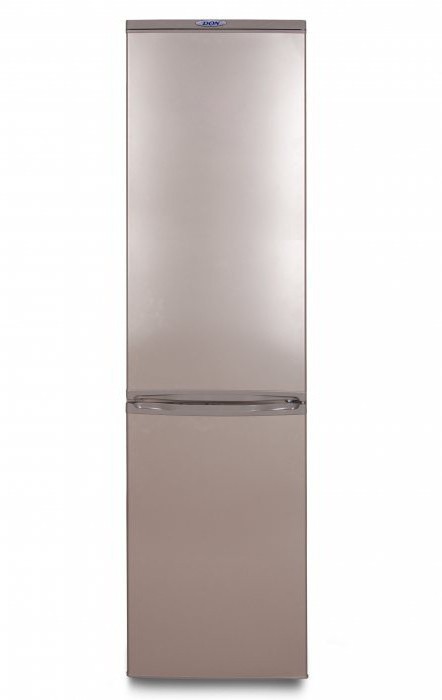Climatic class of refrigerators: from permafrost to tropical savannas
There are still cases when the refrigerator goes outout of the system, they bring it to the workshop, they are denied warranty repair, and the owners of the refrigerator are indignant: "Some fairy tales are told about a certain climate!" The old habit is affected: I bought a refrigeration unit - "Morozko", "Oku" or "Donbass" - switched on and forgot, even on the Black Sea coast, even in the Arctic. For the quality of the refrigerator especially no one watched, and even on the electricity meter and more than looked. It gives cold - and okay.

However, the climatic class of refrigerators isnot a marketing move to achieve higher sales volumes. Buyers in pursuit of prestigious brands and sizes completely forget that the principle of operation of any refrigerating unit is based on the second law of thermodynamics. According to him, in order to obtain a negative temperature, it is necessary to put somewhere a positive temperature formed during this process. And the heat transfer is not at all identical on the shores of the Black and Okhotsk seas, which also confirms the climatic class of refrigerators. The closer to the equator, the thicker the insulation layer of the refrigerating chamber should be, the more powerful the compressor, the larger the area it is necessary to have a condenser. All this is necessary for normal, and most importantly, trouble-free operation.
Manufacturers of refrigeration units allocateeight climatic classes - four basic and four double. Each of them has its own designation, uniform for all manufacturers, regardless of the country in which the unit was manufactured.

The designation SN (subnormal) attests that the refrigerator can operate normally at +10 ... + 32.
Subtropics are usually characterized by high relative humidity. In these difficult conditions (+18 ... + 38) the unit with the designation ST (subtropical) can work.
In the actual tropics it is even hotter, in addition, and more drier. For them, the climate class of refrigerators T (tropical) is designed with a working temperature range of +18 ... + 43.
It should be noted that the Russian market is quitenaturally, it often offers the consumer "normal" and "subnormal" refrigerators. However, global warming is also making its own adjustments to the marketing strategy: even at mid-latitudes the temperature can often jump to +35. Therefore, double climatic classes of refrigerators with wider operating temperature ranges are in great demand.

Climatic class N ST is designed for normalwork in the temperature range +16 ... + 32, N T - +16 ... + 43, SN ST - +10 ... + 38. The most universal is the climatic class of the refrigerator SN T: such an aggregate should not experience any problems if the room temperature does not drop below +10 and does not rise above +43.
On Russian-made refrigeration devices, one can also find Russian-language marking: O (general-climatic) corresponds to classes ST and T, UHL (moderately cold) to classes N and SN.
The climatic class of refrigerators is the determining factorparameter for its normal operation. Remember: if the refrigeration unit fails during the warranty period, but in the workshop it will be established that the temperature regime in which it was operated did not match its climatic class, you will be rightfully refused warranty repair.





